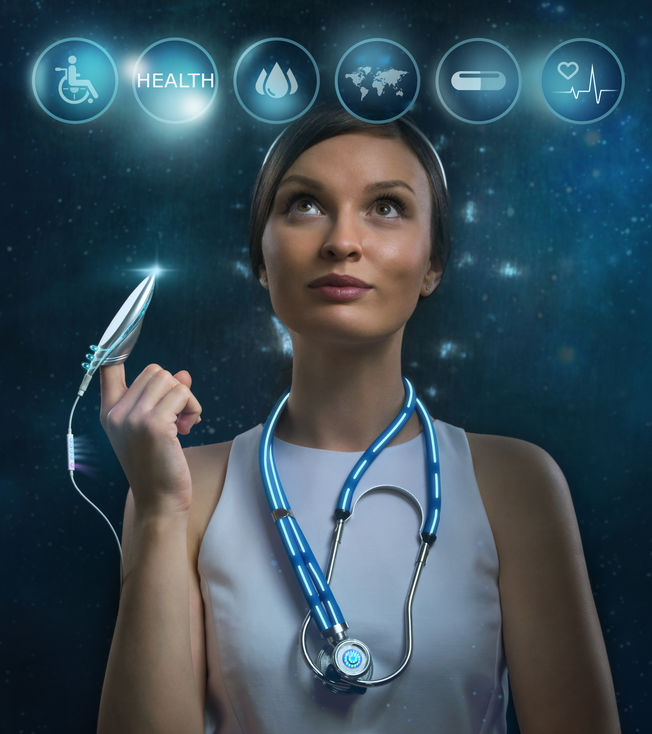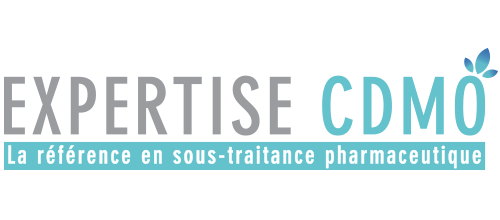You heard about medical device last night on advertising and you don’t know what it really is, so this release is for you. Know that medical devices are everywhere but really everywhere. They can represent many things whether contact lenses, a nasal spray, a bandage, a hip prosthesis, an intimate gel … in short, they affect many areas. In contrary to what we can hear, marketing a medical device can be a real hurdle race.

The medical device in short version
What is it?
The medical device (MD) is a health product that performs its medical action by mechanical means. For example, a dressing that covers a wound or lancing device that controls blood glucose. Its physical mode of action makes it different from the drug that acts either through pharmacological action, immunological action, or metabolic action. Not always easy to sort out where registering!
How many are there?
There are more than 500,000 medical devices. Oh yes, no more!! They are divided into 4 classes according to their dangerousness:
| Class | Risk | MD examples |
| Class I | Low level of risk | Restraint bands, wheelchairs, compresses |
| Class IIa | Medium potential risk | Dental crowns, contact lenses |
| Class IIb | High potential risk | Condom, infusion pumps |
| Class III | High risk | Breast implants, hip prostheses |
In order to determine the dangerousness of a device, it is necessary above all to determine if it is a device:
- invasive (penetration inside the body). If so, by a natural orifice;
- implanted (placed inside the body);
- active (need an external power source to operate);
- if use duration is temporary or over a long period?
How are they controlled?
Before putting a medical device on the market, it is necessary to write a technical file. This file includes all the proofs that demonstrate compliance with the essential requirements (risk management, clinical evaluation …).
These requirements ensure that the product is designed so that its use does not compromise the clinical state of patients, or the safety and health of users. Finally, a notified body assesses the compliance of the device and if it meets the requirements, a CE certificate is issued. In addition, a declaration to the ANSM (in France) must be issued when the product is first put on the market.Of course, all this work is done according to the standards in force.
I will only mention the standard NF EN ISO 13485: 2016 relating to MD but believe me the list is very long!
How do you recognize a Medical Device?
The medical device carries the CE marking
And after marketing?
Once on the market, the MD is highly monitored. The manufacturer who markets the device must update the dossier periodically according to the changes in the European regulations and check that no incident or risk of incident has been identified. This is called MaterioVigilance.
In addition, control operations are carried out by the notified bodies. In most cases, they correspond to ad hoc assessments in the form of file audits.
These operations may result in compliance requests, recommendations or restrictions on use, or market stop. Clarification, for class I medical devices, a self-certification by the Manufacturer is enough to insert the CE marking on its device.
In summary, marketing a medical device is not as easy as suggested. In addition, following health scandals revealed in particular by the use of breast implants the regulation is reinforced with the obligation among other things to perform clinical studies for all implantable devices.



